Cross Country to Springbank
With my newly minted Transport Canada license in hand and last weekend’s checkout on the Cessna 172’s at Cooking Lake Aviation I lined up a pilot buddy who also works at Cariboo and we planned a cross country flight to Spingbank Airport, outside of Calgary, AB. After a thorough preflight and my first VFR flight plan filed with Flight Services in Canada, we loaded up the route into the GPS and took off.
A side goal of today’s flight was for me to get more familiar with the G1000 avionics package while flying a simulated IFR flight to hone my skills and regain my currency. Shortly after departure we picked up the flight plan in the air with Edmonton Terminal ATC – my first in flight flight plan. We then requested VFR flight following which would help simulate an instrument flight. It was nice to get my ears re-acquainted with air traffic communications and learn more of the subtle differences from air communications in the US.
Once established on route, we also fired up the autopilot and got it configured which was a real treat as this was also my first experience with an autopilot. A flight on autopilot really takes the workload down on the pilot and allowed me to fiddle and learn more about the G1000 system. Although the route wasn’t complicated, I had setup several waypoints for the practice.
As we approached Springbank, we learned that the active runway (with the most favorable winds) wasn’t the one with the ILS approach so I had to request a simulated practice ILS approach with a circle to land on the active runway which was perpendicular to the approach runway. Once given clearance for the approach, I loaded the approach into the G1000, turned off the autopilot, and hand flew the approach with vectors from ATC to the localizer course and intercepted the glide-slope. The winds were pretty strong and the plane bounced around a fair bit on the approach, but it I flew it with confidence and nailed it. Breaking off the approach at the circling minimums I setup for a visual approach to the active runway and I flew a stabilized descent and made a smooth landing.
After a quick turn around on the ground, I hopped over to the copilot’s seat and flew the return flight to Cooking Lake as second in command. After departure we decided not to pick up flight following and instead monitored the enroute frequencies and made position calls over the airports along the route. It was again a great experience to get my ears and brain working again with radio calls and Canadian air traffic phraseology.
All in all it was an excellent flight and a great chance to share an adventure with a new friend.
Photo Gallery
- Foothills and Rockies
- Sun
- Springbank Airport, Calgary
- Cessna with Mountains
- Springbank Departure
- Red Deer River
- Cooking Lake Airport

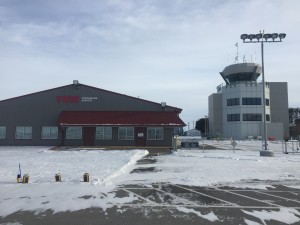
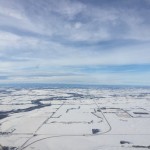
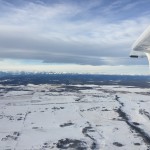
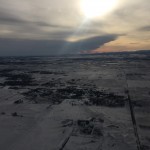
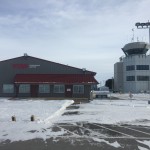
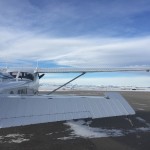
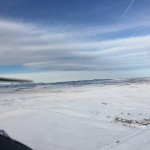
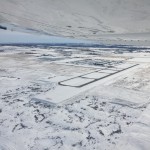
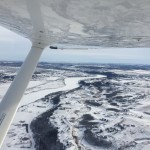
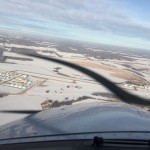
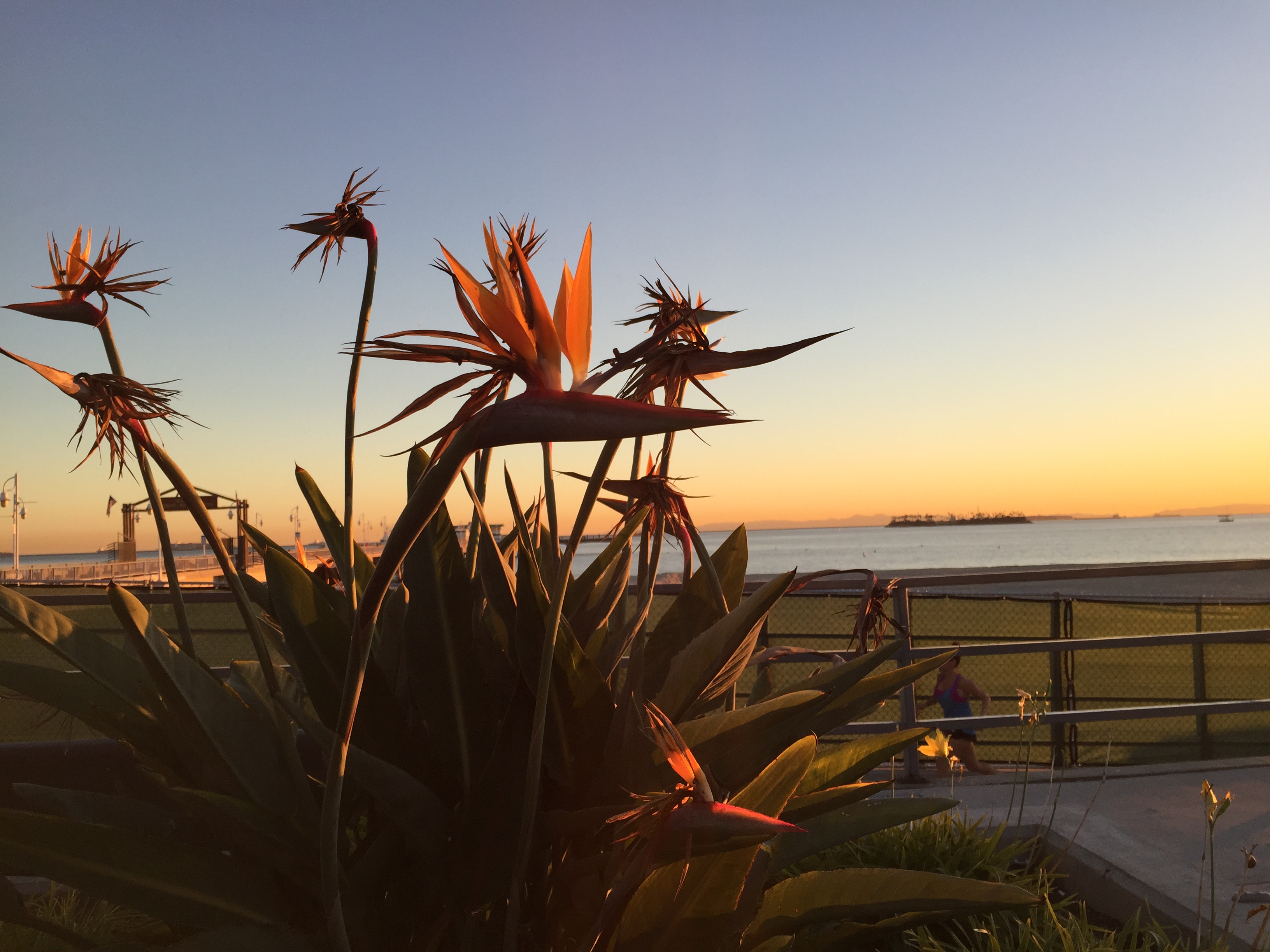
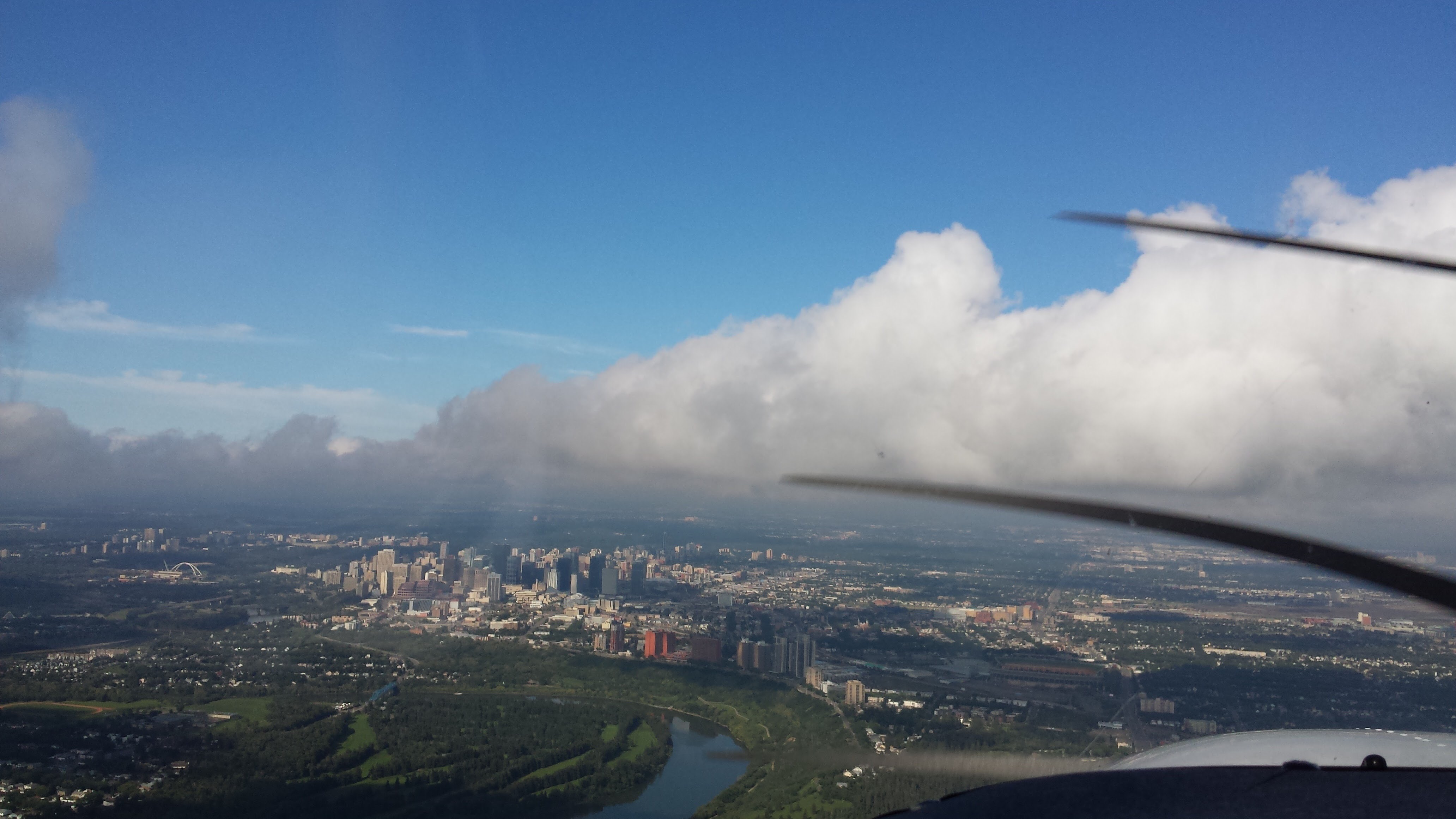
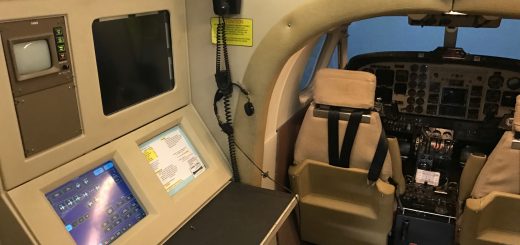
Recent Comments